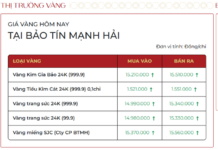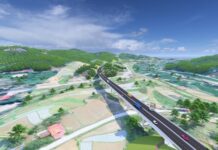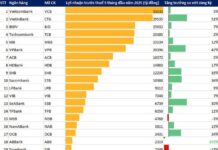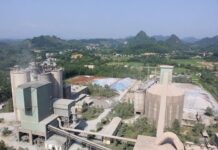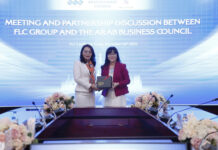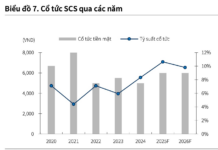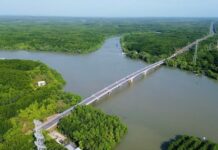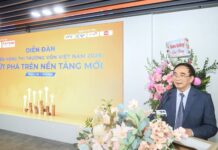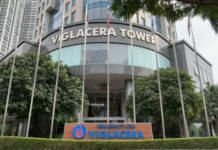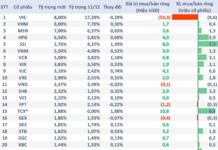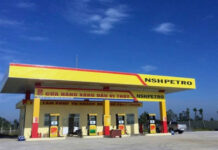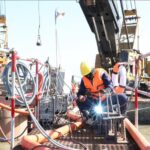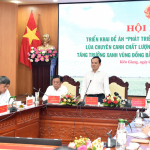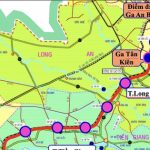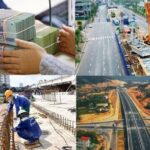The scientific seminar on “Preserving and Restoring Water Resources for the Mekong Delta: Seeking International Technology and Capital” organized by the Vietnam Economic Magazine/VnEconomy in collaboration with the International Investment Advisory Alliance-Invest Global and the Vietnam Association for Nature and Environment Protection on August 30, 2024, has received many contributions from experts to find solutions for the problem of proactive adaptation to salinity in the Mekong Delta.
SURPLUS WATER DURING THE RAINY SEASON, SHORTAGE DURING THE DRY SEASON
The Mekong Delta comprises 13 provinces/cities and is one of the key agricultural regions of Vietnam, providing food and export produce for the country.
However, this area is facing several challenges related to water resources, including saltwater intrusion and freshwater scarcity, as well as the impacts of climate change, land subsidence, and water pollution.
Sharing this reality, Associate Professor Dr. Phung Chi Sy, Vice Chairman of the Vietnam Association for Nature and Environment Protection, noted that the Mekong Delta has an area of about 40,000 km2 and a low, flat terrain, with most of the land having an average height of 0.7-1.2 m above sea level. “There is a lot of water in this region with a complex system of canals, but there is always a shortage of water,” said Mr. Sy.
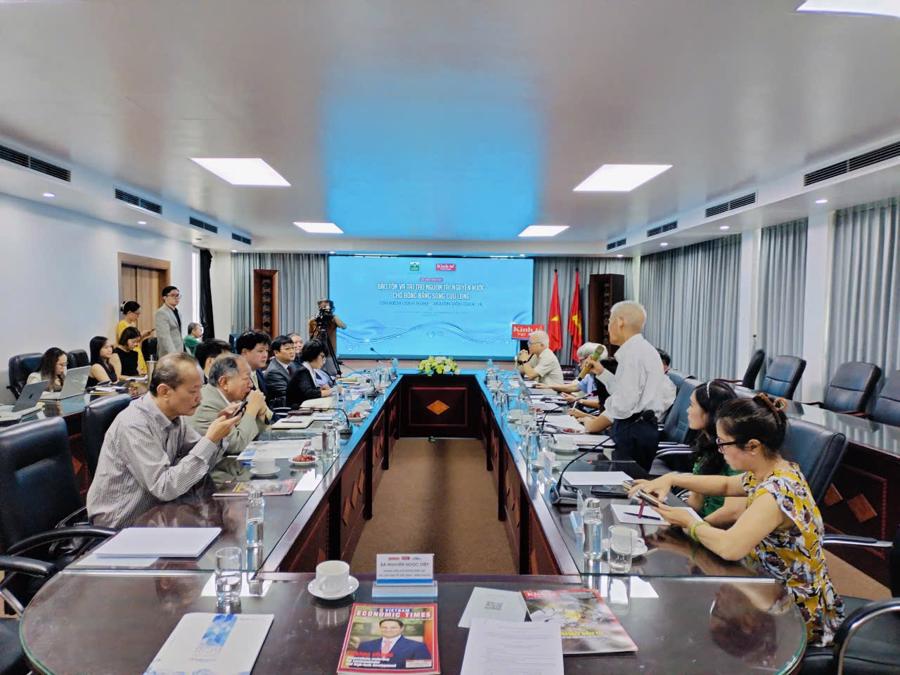
According to the Vietnam Association for Nature and Environment Protection, every year, extreme weather conditions such as droughts and high salinity levels tend to arrive earlier, with increasing concentrations, and saltwater intrusion into the inland areas is a common occurrence.
Assessments by experts at the seminar showed that the region’s water sources are affected by upstream activities (from China, Thailand, Myanmar, Cambodia, and Laos) involving dam construction for hydropower and irrigation purposes. In addition, water sources in the region are also influenced by seawater and saltwater intrusion. As a result, there is an excess of water during the rainy season, causing floods, but a shortage of water during the dry season for daily life and development.
Dividing the Mekong Delta into three zones: freshwater, saltwater, and brackish water, Mr. Sy stated that during the low water season, this region faces a severe water shortage.
Drought and salinity significantly impact the production and daily life of over 21 million people, with over 80% of the population living in rural areas.
Analyzing the causes of drought and salinity in the Mekong Delta, experts mainly attributed them to upstream flow, tides, rising sea levels, land subsidence, meteorological factors, and human activities.
COMBINING NON-CONSTRUCTION SOLUTIONS WITH CONSTRUCTION SOLUTIONS
In Vietnam, the National Assembly promulgated the Law on Natural Disaster Prevention and Control in 2013, which stipulates: “Based on the type of natural disaster and the level of risk, the Central Steering Committee for Natural Disaster Prevention and Control, the National Committee for Search and Rescue, and the Steering Committee for Natural Disaster Prevention and Control and Search and Rescue at all levels shall decide on one or several appropriate measures.”
According to the Vice Chairman of the Vietnam Association for Nature and Environment Protection, to cope with drought and saltwater intrusion in the South in general and the Mekong Delta in particular, it is necessary to adjust the structure of crops and livestock, as well as the seasonality, in accordance with forecasts, warnings, and the actual situation of drought and saltwater intrusion.
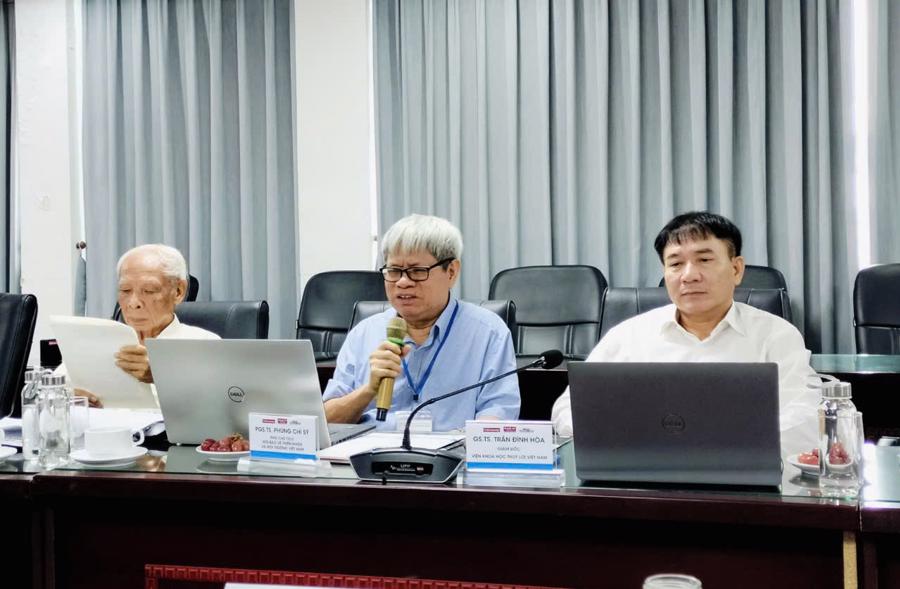
Along with this, it is crucial to operate reservoirs, water supply structures, and irrigation systems reasonably, giving priority to domestic water use; promote water-saving measures and prevent water loss; prioritize electricity supply and provide necessary equipment and fuel for pumping stations. It is also important to monitor salinity levels and manage the opening and closing of water intake and salinity prevention structures according to specific situations.”
Associate Professor Dr. Phung Chi Sy also emphasized proactive adaptation measures to cope with drought and salinity, combining non-construction solutions with construction solutions in a synchronized and mutually supportive manner.
Specifically, regarding non-construction solutions, it is necessary to continue strengthening and modernizing specialized monitoring and forecasting activities to serve the seasonal management of production activities. Flexibly adjust the production schedule according to the season and year in coastal areas and even in the entire Mekong Delta, in accordance with water supply forecasts. It is particularly important to change and adjust production models toward reduced freshwater use, in line with natural conditions, to achieve more efficient water management and production.
In addition, construction solutions must be implemented to increase freshwater supply for irrigation systems in coastal areas and continue investing in salinity control and water source management in areas where salinity has exceeded and affected fruit-growing regions, said Mr. Sy.
Local people also need to proactively store water on a household scale, in ditches, and in gardens. They should invest in building new or upgrading and repairing existing water storage structures. Support should be provided in the form of water storage equipment to ensure sufficient domestic water supply for residents during the dry season.
APPROPRIATE TECHNOLOGIES FOR ADDRESSING DROUGHT AND SALINITY IN THE MEKONG DELTA
According to experts, drought and salinity in the Mekong Delta are natural disasters that cause losses of life, property, environment, living conditions, and socio-economic activities. To cope with these issues, many solutions have been and are being implemented.
To address drought and salinity, Mr. Sy mentioned several technologies such as the use of super-absorbent polymer beads, the manufacture of soft rubber bags for freshwater storage, and the use of machines to extract water from the air or treat saline water using reverse osmosis (RO) technology.
For example, super-absorbent polymer beads can absorb water up to 300-400 times their weight. Mr. Sy stated that applying 1 kg of these beads in the soil can absorb and store approximately 350 liters of water. This technology also has the ability to retain water, with an absorption period ranging from 6 to 12 months.
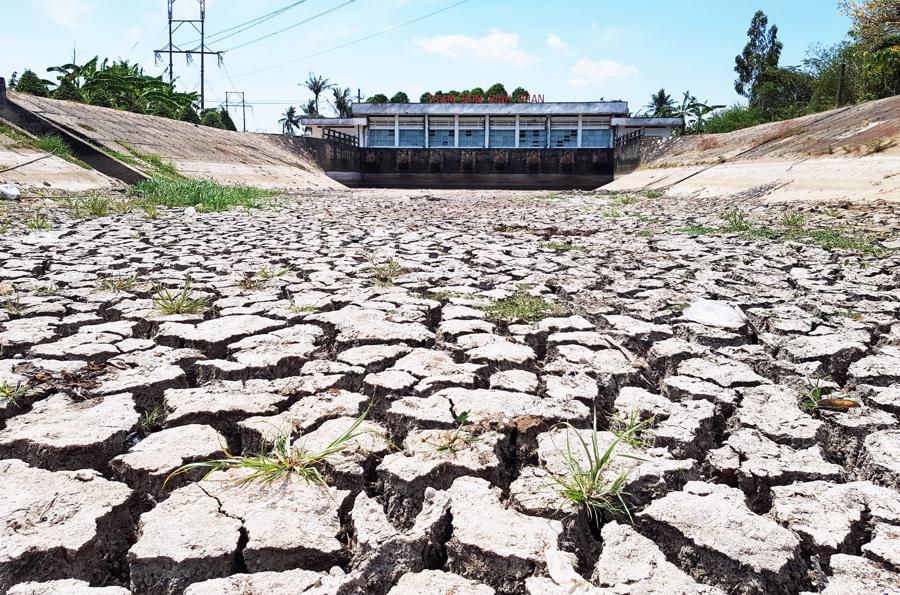
With their super water-absorbing capacity, these polymers can accumulate a large amount of water, providing sufficient moisture and a loose, porous structure to prevent drought during hot and dry weather, promoting the healthy growth of crops. The use of super-absorbent polymers can reduce the probability of crop death due to water shortage by up to 95%…
Given these characteristics, super-absorbent polymers are considered a “lifesaving” solution for agriculture and crops in conditions of drought and salinity, according to the Vice Chairman of the Vietnam Association for Nature and Environment Protection. Currently, there are units in Vietnam that have imported this technology, but the price is still high, and it is not widely popular.
Regarding the model of water storage bags, the Mekong Delta mainly uses clay pots and jars for water storage. Soft rubber bags for water storage are the product of a state-level research topic carried out by the Institute of Tropical Environment, funded by the Ministry of Science and Technology.
Talking about the advantages of water storage bags, Mr. Sy said that the bags can change shape and size to suit the terrain, and they can be deployed in areas with weak soil (without the need for a foundation) and flood-prone areas. They do not break or crack, and any damage can be easily repaired (cold patching is possible); they have a long service life. This form of water storage is being applied in the Mekong Delta during the drought and salinity season.
In addition, the technology of extracting water from the air by cooling the air to condense the water vapor it contains can also help address drought and salinity issues at a low installation cost of about 400 USD per machine for household-scale equipment.
Given Vietnam’s natural conditions of high humidity and temperature, this type of water generation equipment will be highly effective. With these advantages, it can be a suitable solution with low cost for areas facing water scarcity in Vietnam. This equipment has already been imported into Vietnam.
Mr. Sy also mentioned that Hanoi University of Technology is researching and manufacturing a machine that produces 1.5 liters of water per hour, tested in environmental conditions with a temperature of 25-30 degrees C and humidity of 60%. The equipment costs about VND 4 million.
In Vietnam, from 2021 to 2024, the Ministry of Science and Technology assigned Nguyen Tat Thanh University to carry out the topic “Research and development of a saltwater treatment system with IoT application to supply domestic water for people in the invaded area of Ben Tre province and some neighboring provinces.”
Currently, a water treatment system with a capacity of 500 m3/day night is being installed in Ben Tre, with 80% of the funding supported by the Ministry of Science and Technology.
To cope with drought and salinity in the Mekong Delta, experts believe it is necessary to continue researching and implementing appropriate technologies, constructing rubber dams to store freshwater and prevent salinity intrusion.
Along with this, it is crucial to study and implement water treatment technologies using solar energy-based distillation processes.
Experts also emphasized the importance of international cooperation in the field of research and technology transfer for water treatment to provide water for daily life and production activities to promote economic development.
Regarding the water treatment technology of AquaWork, Mr. Sy commented that it is very suitable, and the demand in Vietnam is significant. However, the most critical factor is the financial resources required to apply this technology. Therefore, if this technological solution is combined with carbon credit sales, it will be feasible to cope with drought and water shortage in the Mekong Delta.
Urgent Momentum on the Construction Site of the Hau River Bridge
In the scorching heat and gusty wind of the southwestern region in the days leading up to the 2024 Lunar New Year, there is a bustling construction site not far from the beach. Over 300 dedicated workers and staff are diligently working on the construction of the Dai Ngai Bridge, which will soon connect the two banks of the Hau River.
Project “Quality High-Yield Rice Cultivation” – The Big Game and the 10 Principles
On the morning of January 5th, in Kiên Giang province, Deputy Prime Minister Trần Lưu Quang presided over a conference to implement the Sustainable Development Project for 1 million hectares of high-quality, low-emission rice cultivation linked to green growth in the Mekong Delta region by 2030.






